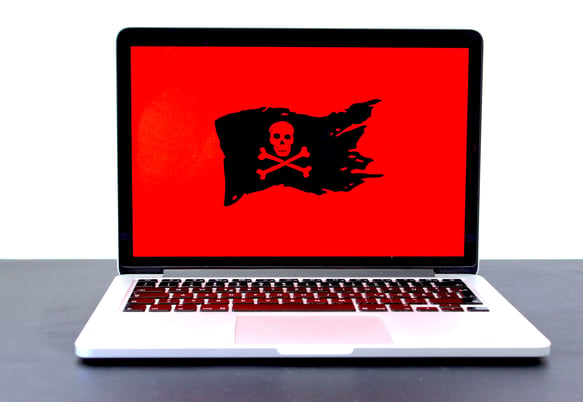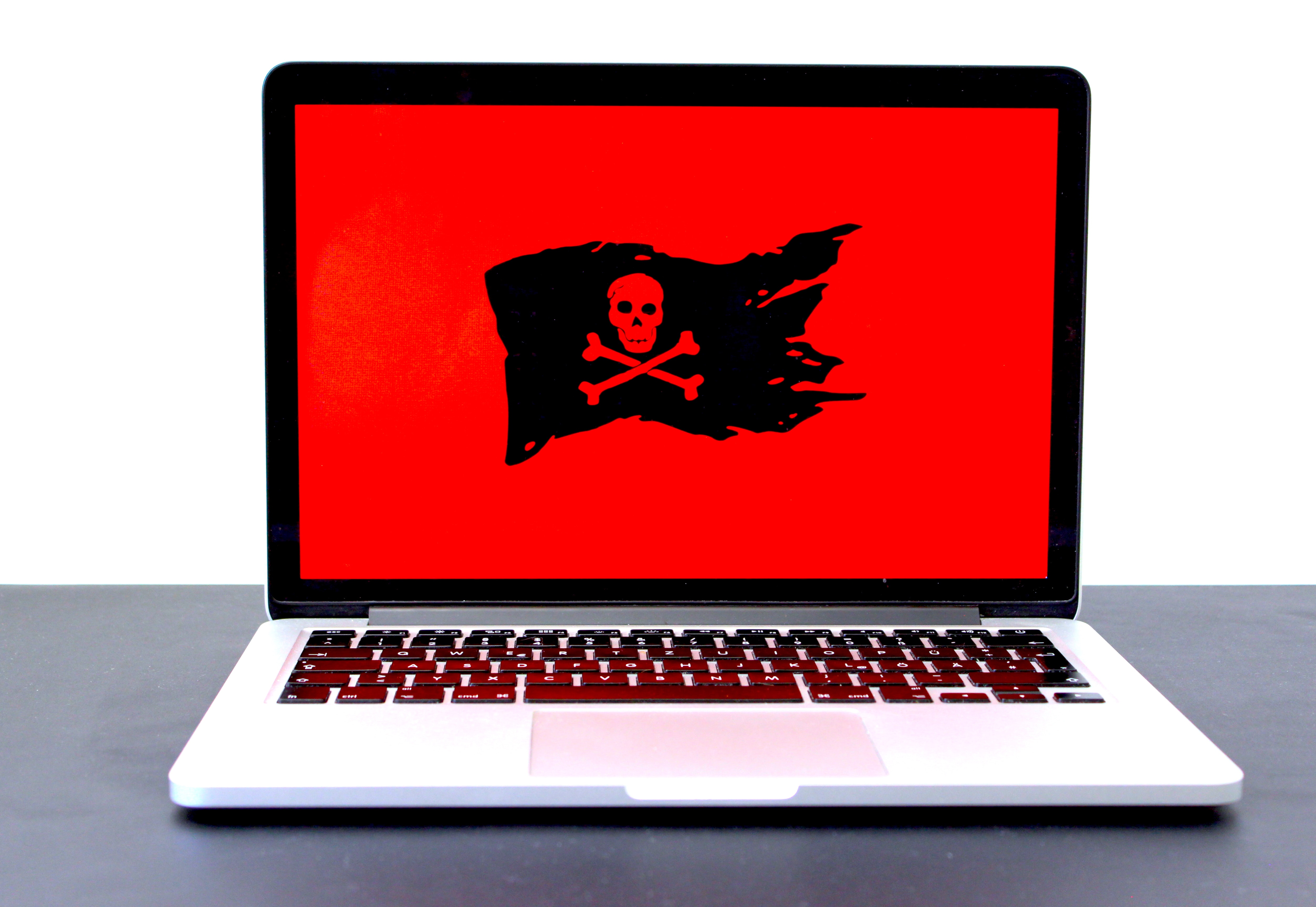Ransomware is evolving into a sophisticated menace, posing significant challenges for businesses. The "2023 ThreatLabz Ransomware Report" from Zscaler reveals that public entities and cyber-insured organizations are increasingly targeted. Ransomware-as-a-service (RaaS) and encryption-less extortion are on the rise, with attacks through the RaaS model surging by nearly 40% in the past year.
The United States remains the prime target, accounting for 40% of global victims, while Canada, the UK, and Germany trail behind. Attackers employ ransomware families like BlackBasta, BlackCat, Clop, Karakurt, and LockBit, posing severe threats with potential financial losses, data breaches, and operational disruptions across various industries.
Manufacturing, in particular, faces significant risks due to attackers targeting intellectual property and critical infrastructure. Encryption-less extortion attacks are gaining traction as hackers opt to steal data, demand payment, and evade the cumbersome task of developing and maintaining ransomware software. This approach allows them to operate discreetly, avoiding public attention and law enforcement scrutiny.
The consequences of ransomware attacks are far-reaching, including operational deficiencies, reputational damage, hefty expenses to resume operations, and penalties from data watchdogs and authorities. Customers increasingly favor organizations with robust data protection measures. Unfortunately, many businesses, from small enterprises to large corporations, lack the necessary resources, staffing, and streamlined security solutions to effectively combat ransomware.
Phishing emails remain a common entry point for ransomware attacks, often targeting unsuspecting employees with malware. To strengthen defenses, organizations should prioritize employee education, covering phishing, social engineering, shadow IT risks, and the use of cracked or pirated software. Implementing Zero Trust Network Access (ZTNA), multi-factor authentication (MFA), advanced antivirus, firewalls, and endpoint protection solutions is crucial. Regular data backups and keeping hardware and software updated with the latest patches are also vital preventive measures.
Leading cybersecurity experts emphasize the importance of proactive measures against ransomware. While backups offer a faster recovery option, paying ransoms significantly increases costs, as highlighted by John Shier, field CTO at Sophos. Deepen Desai, Global CISO and Head of Security Research at Zscaler, emphasizes the need to move away from legacy point products and adopt fully integrated zero trust platforms to minimize attack surfaces, prevent compromise, and impede data exfiltration.
Addressing the ransomware threat demands a comprehensive approach, empowering businesses to protect their valuable assets and maintain trust with their customers in an increasingly digital world.

 (604) 757 2441
(604) 757 2441